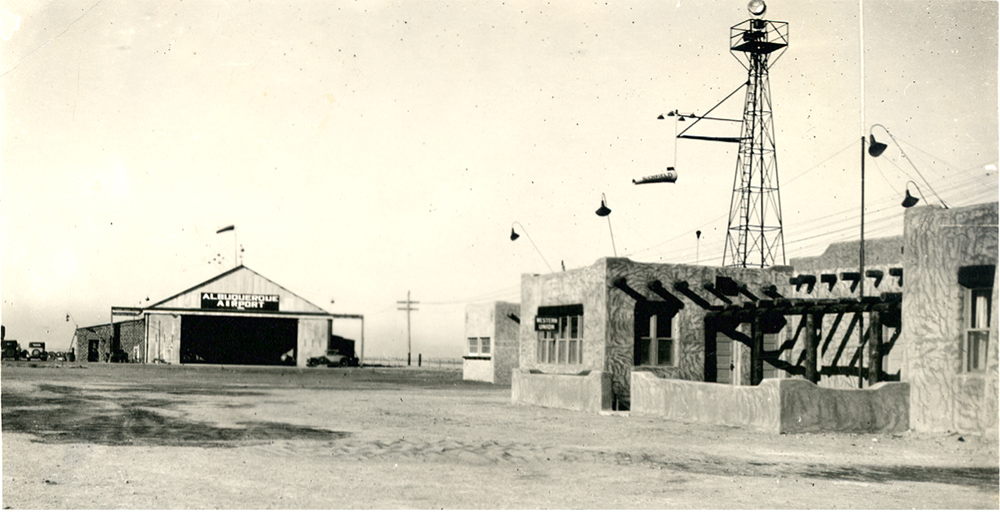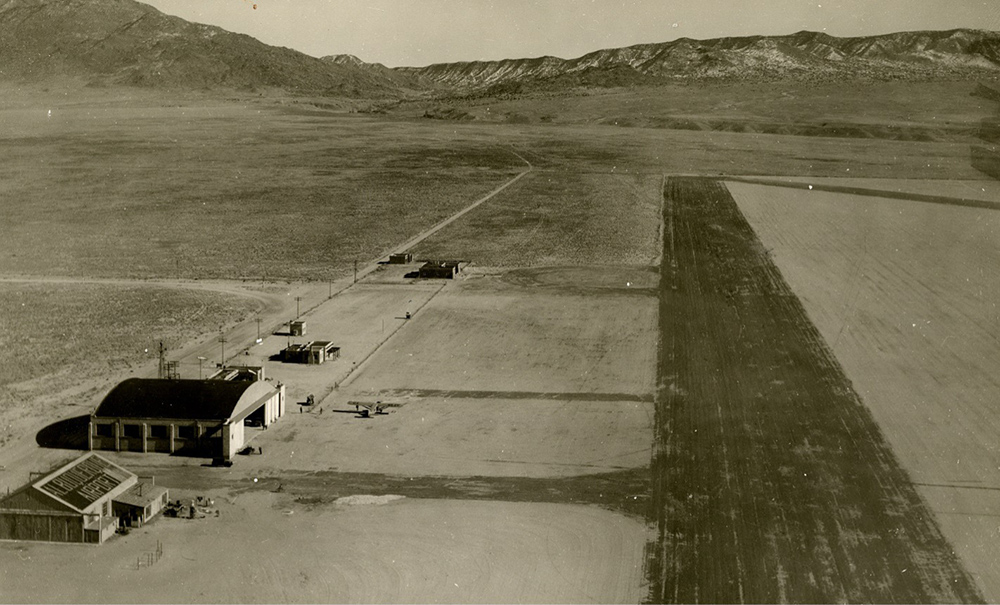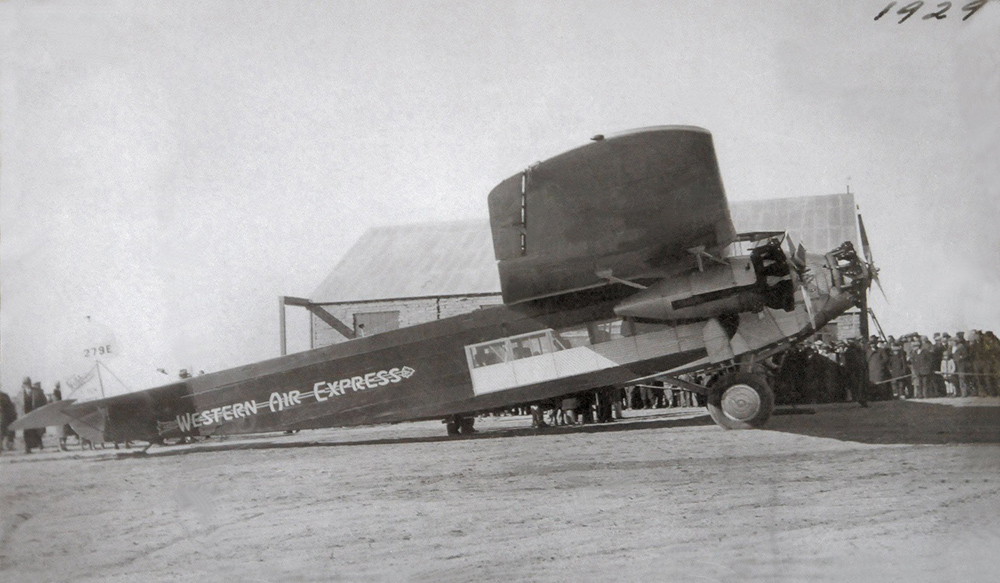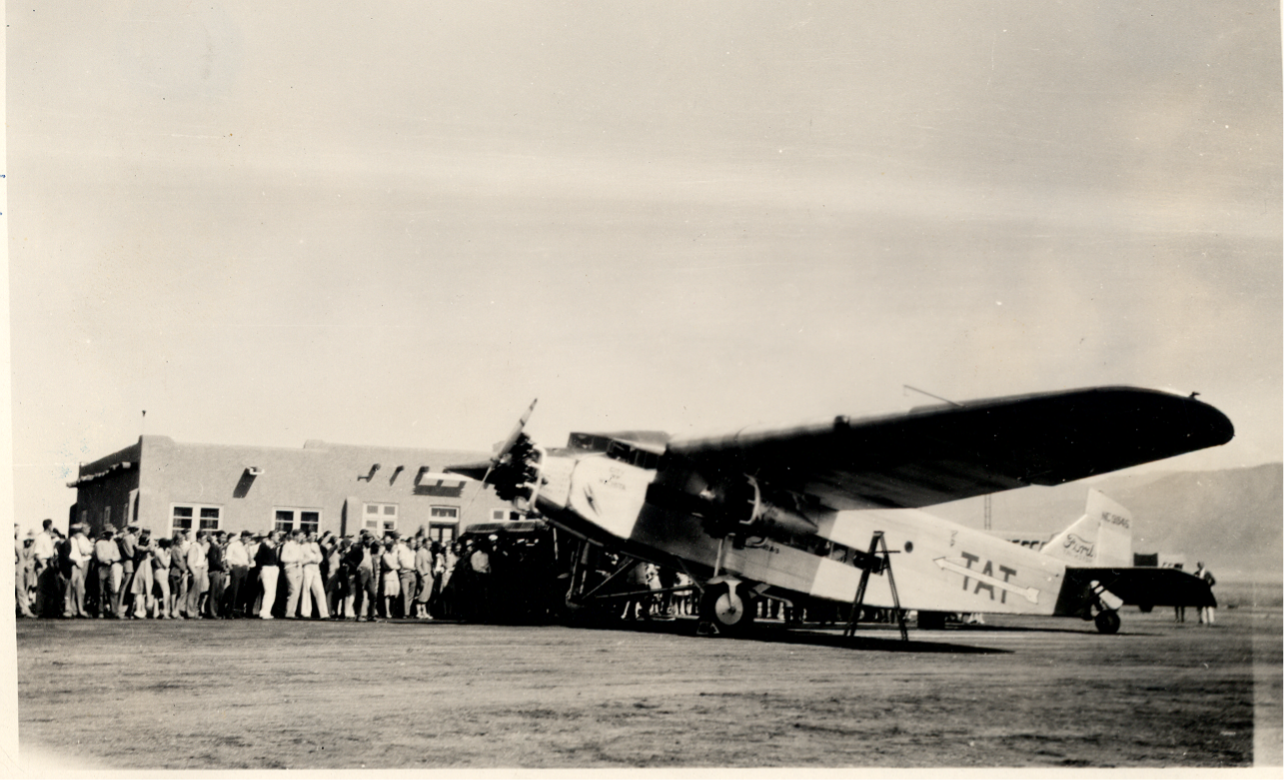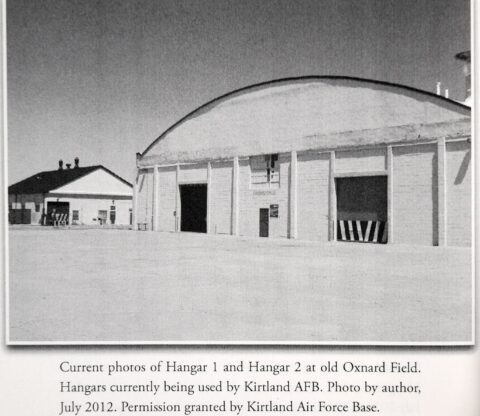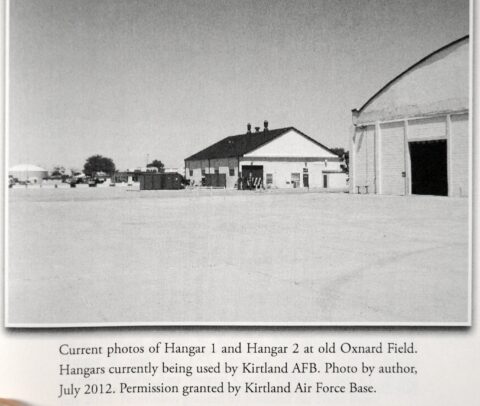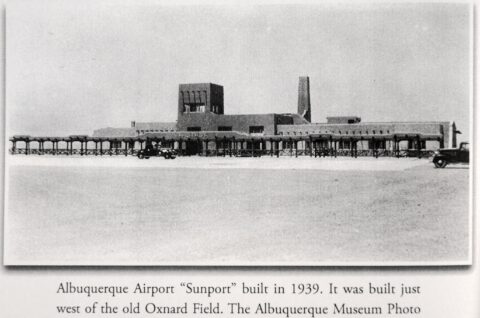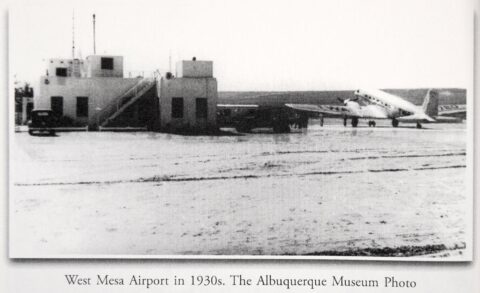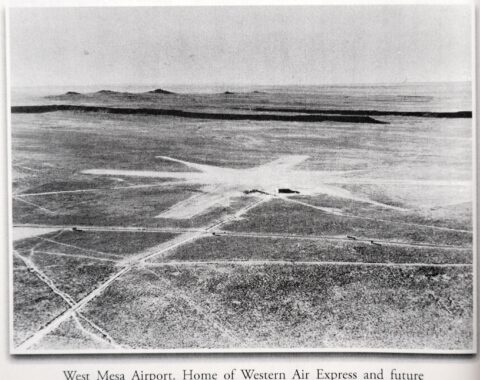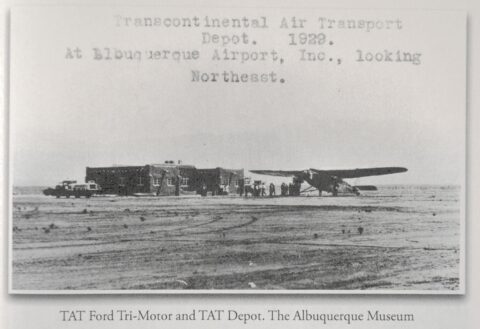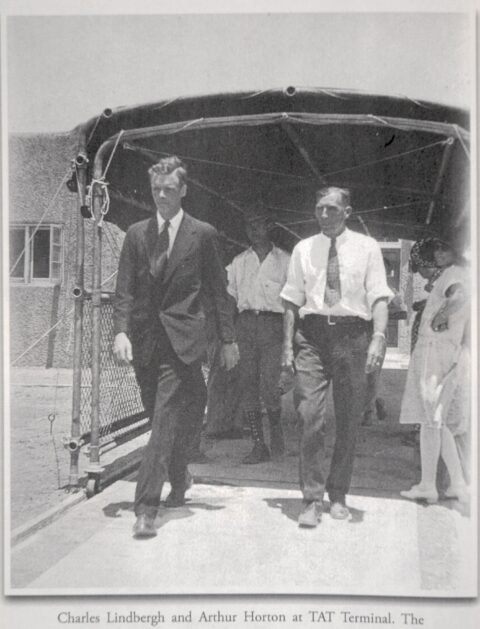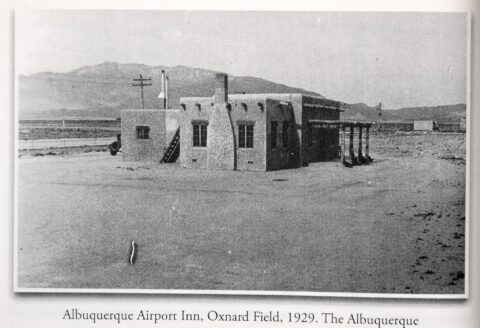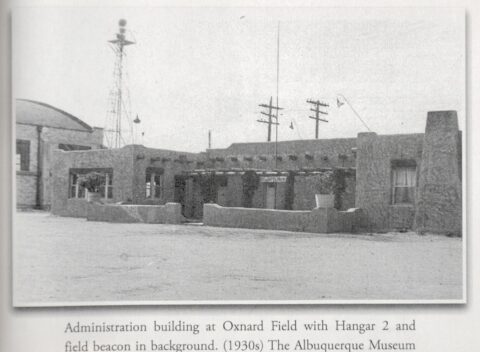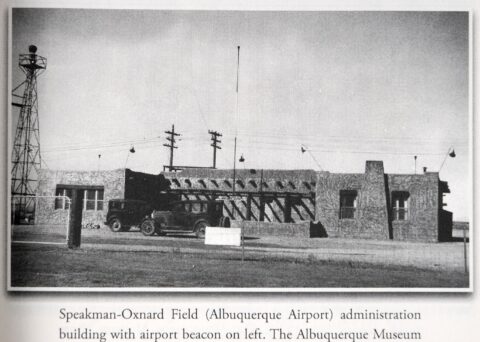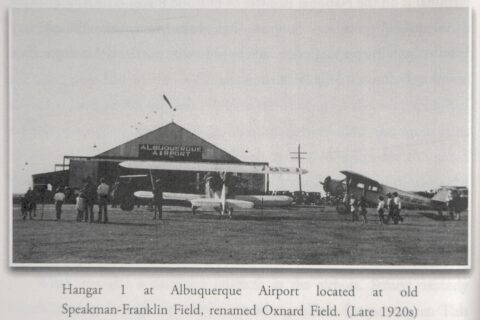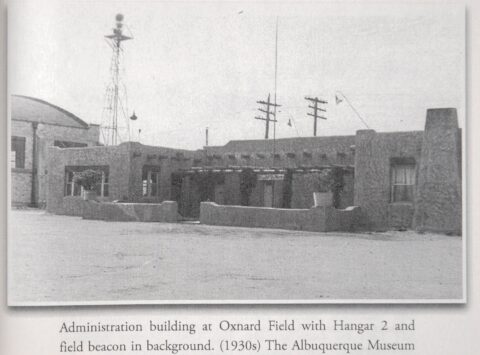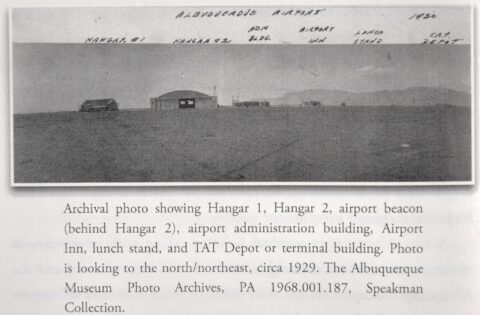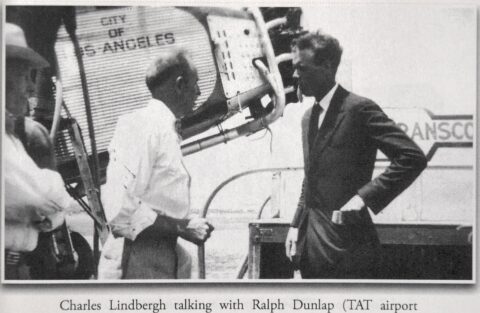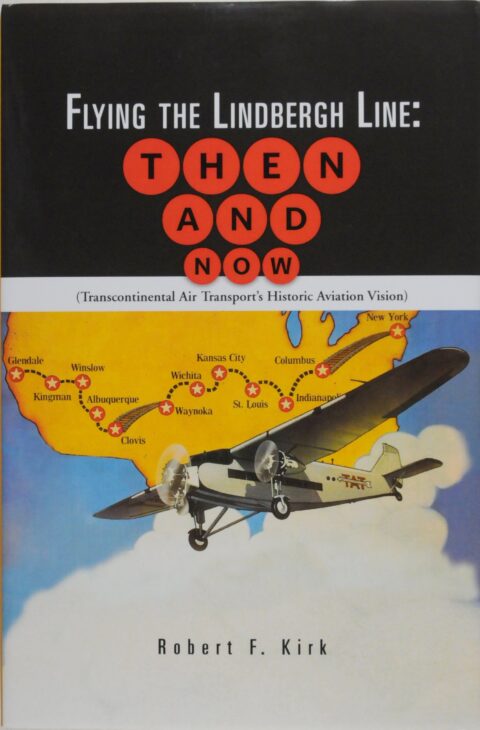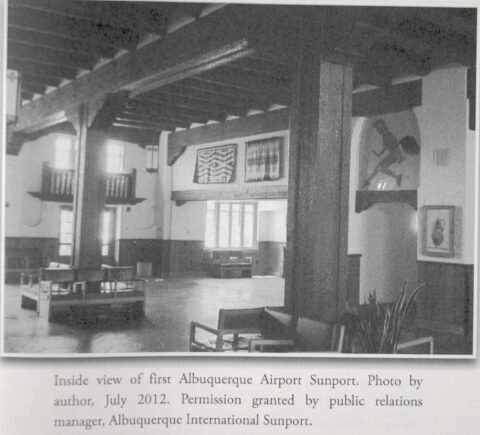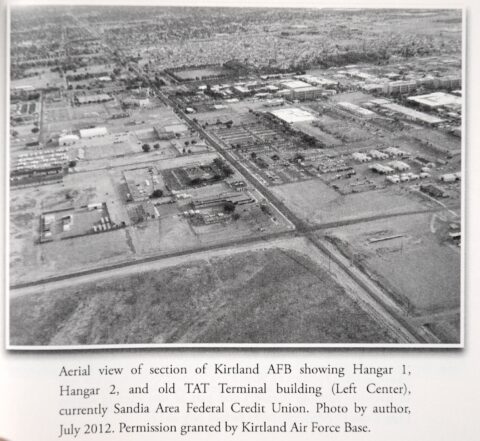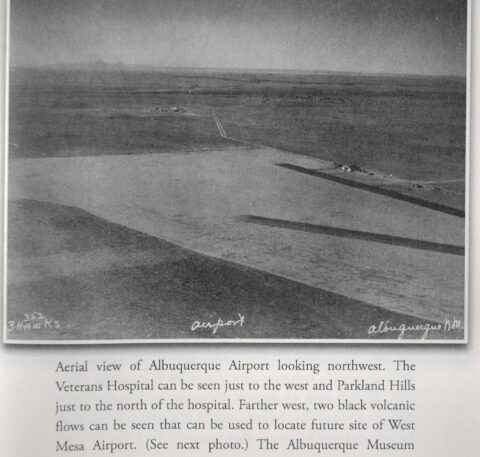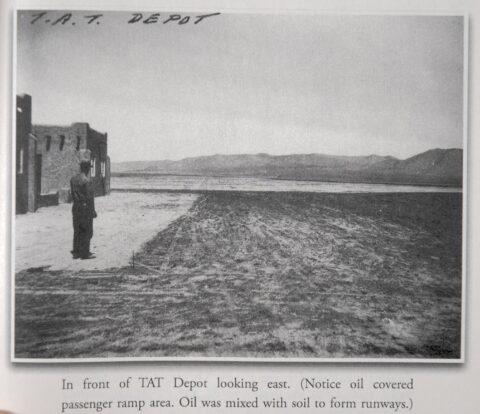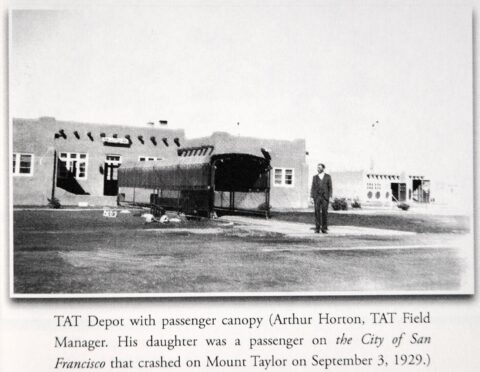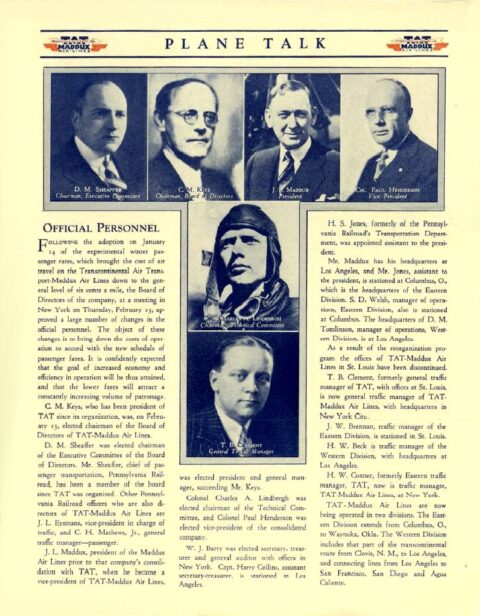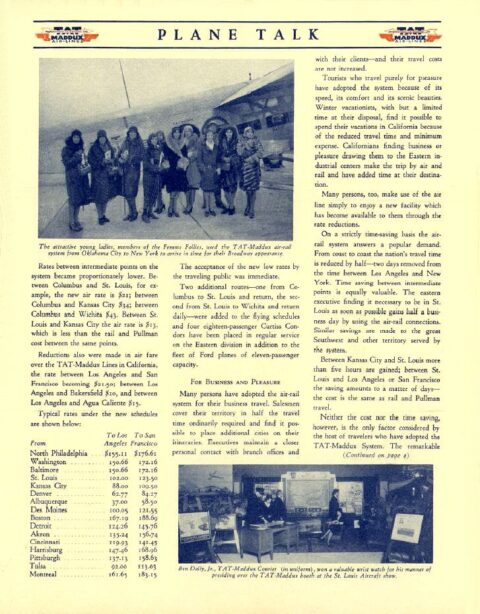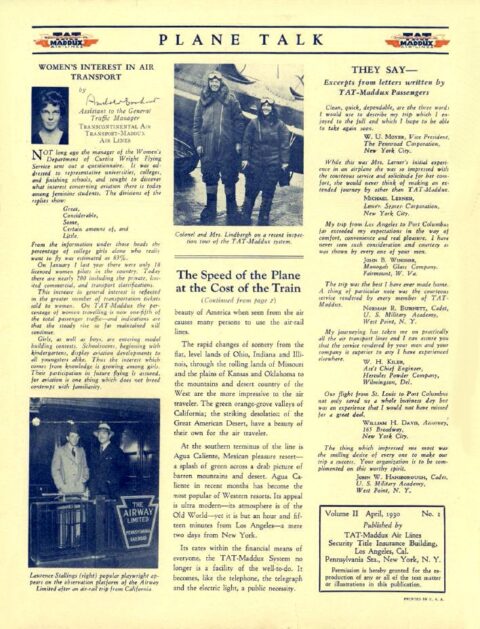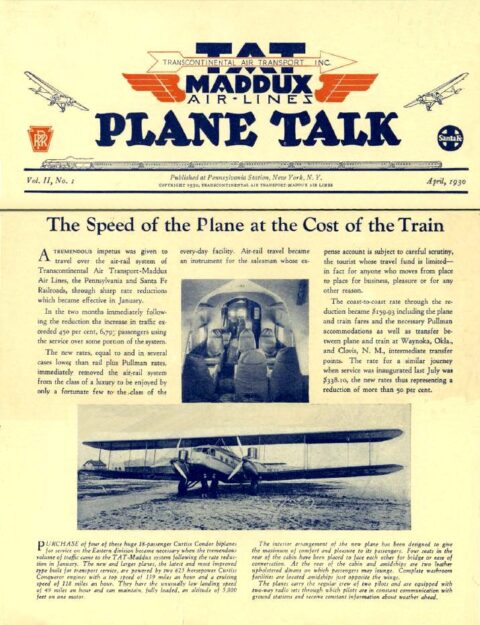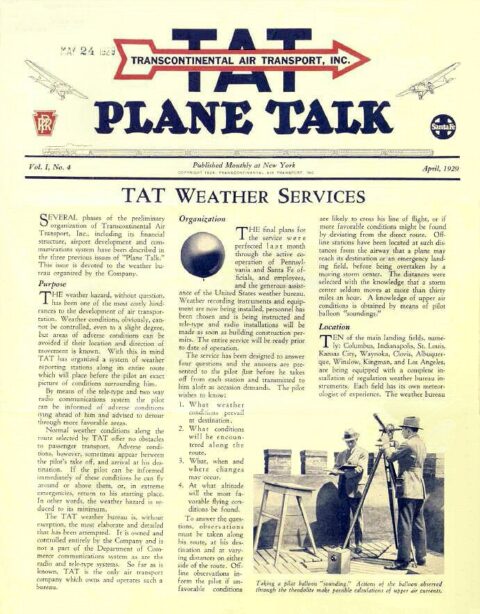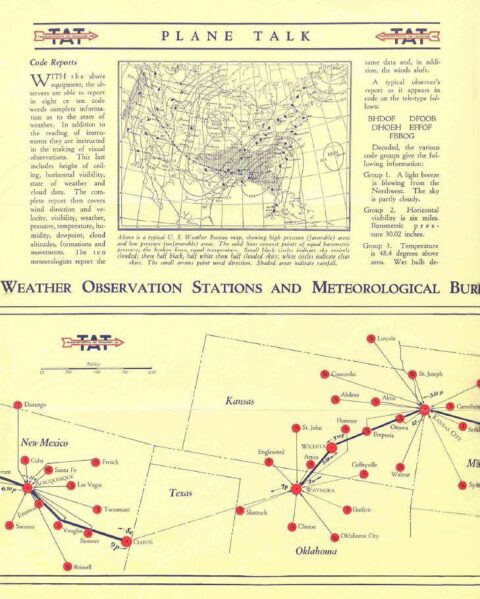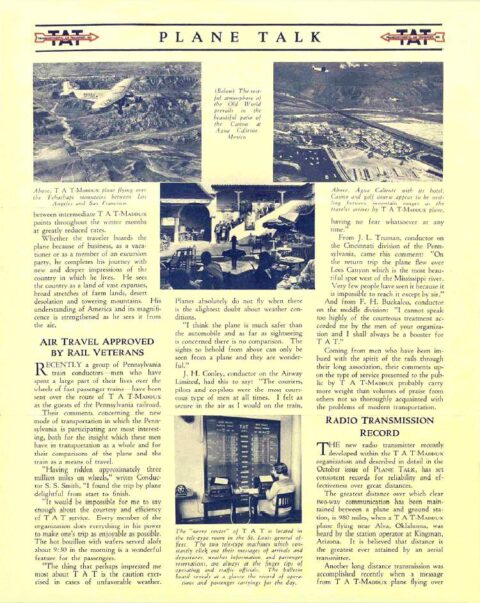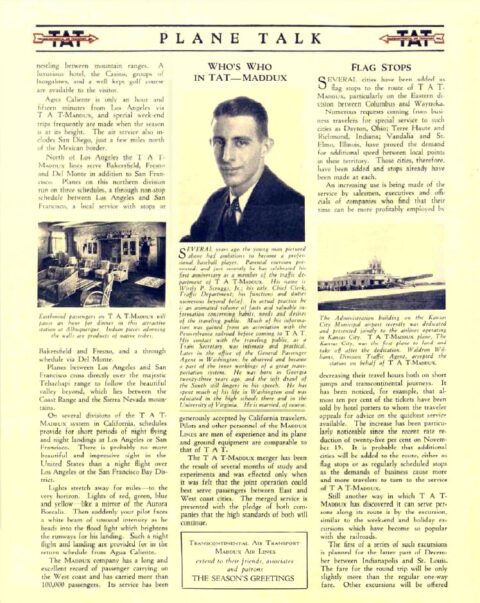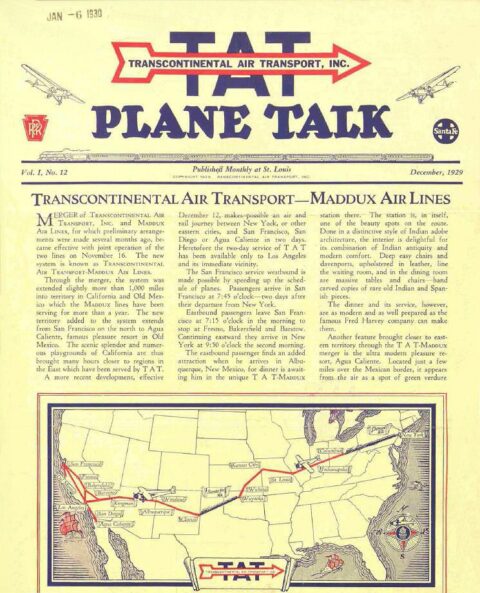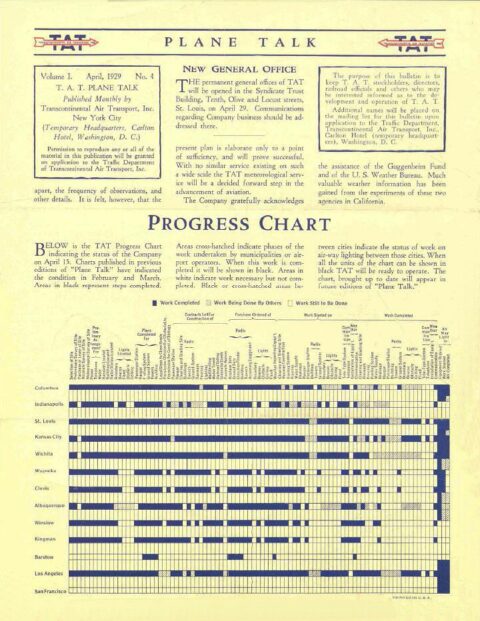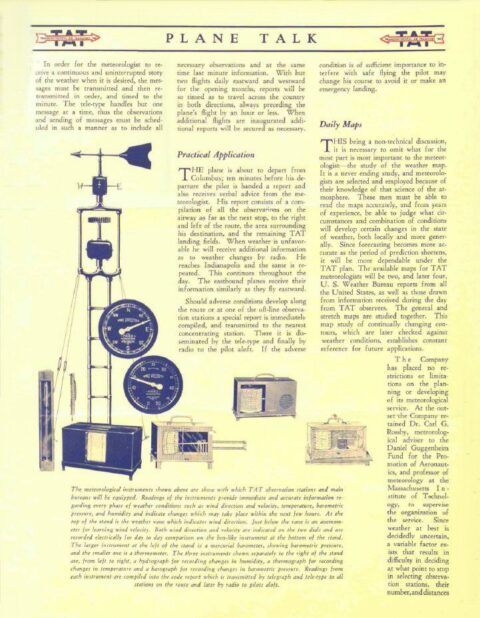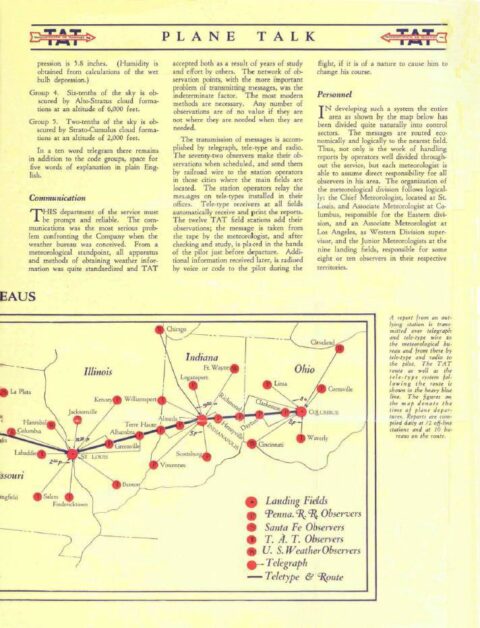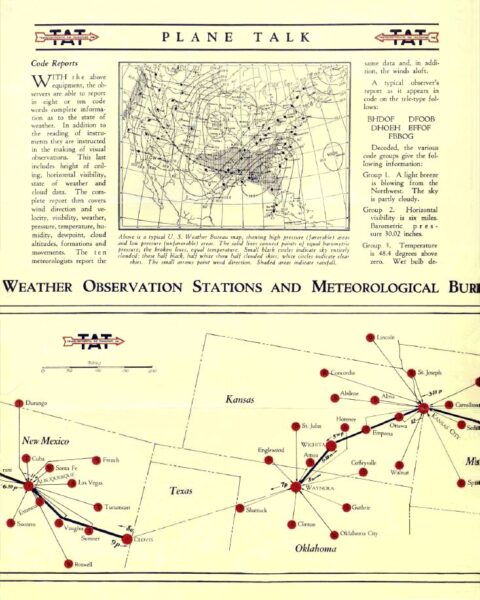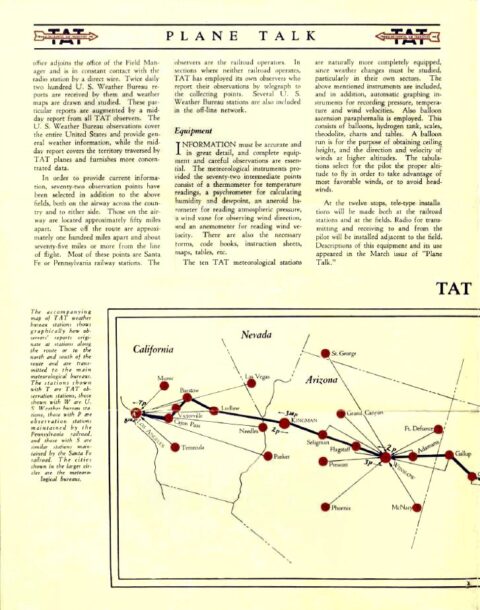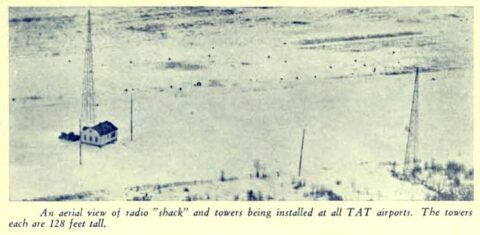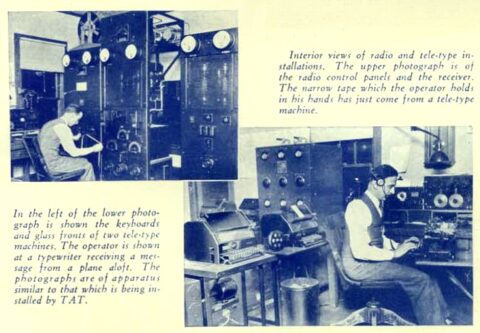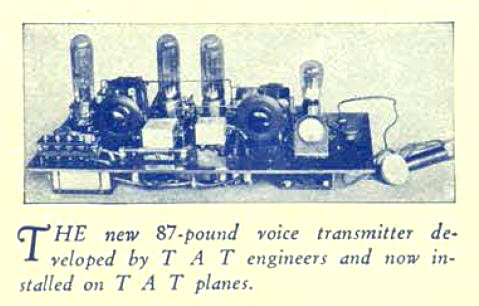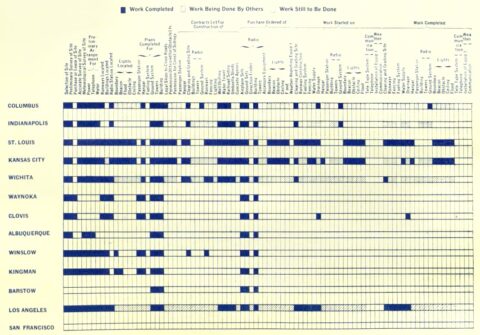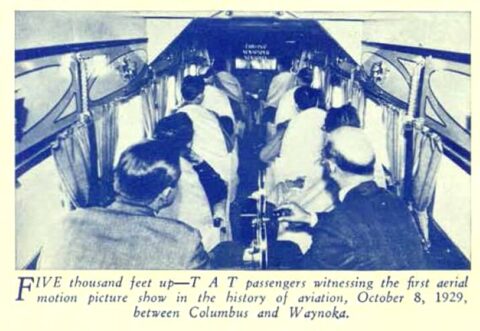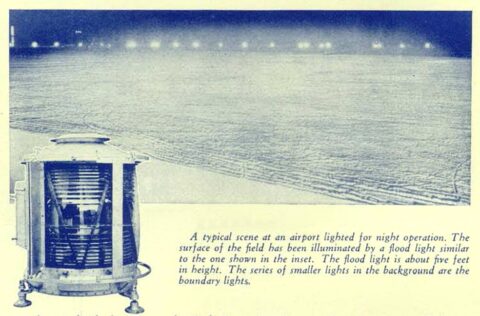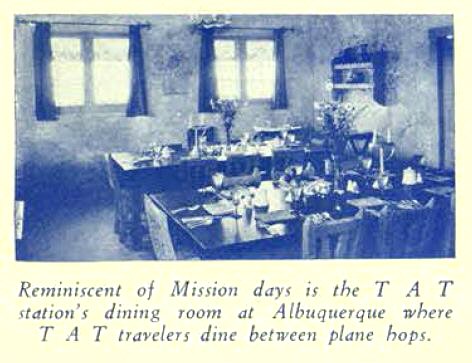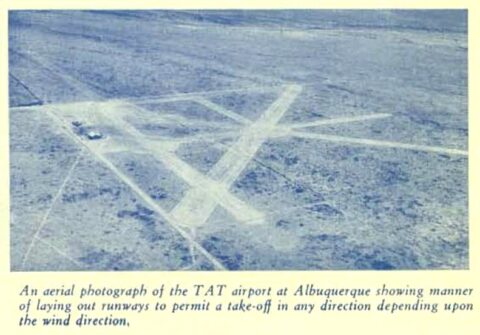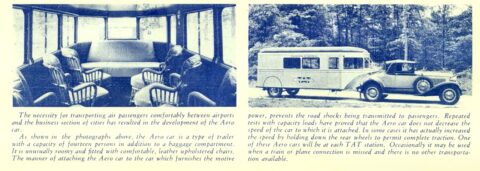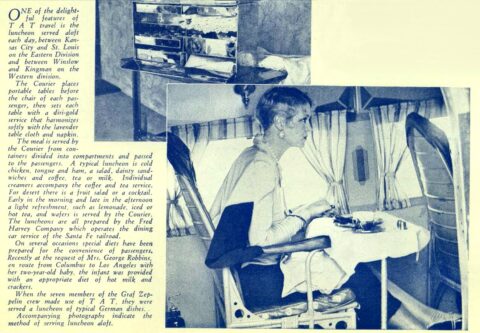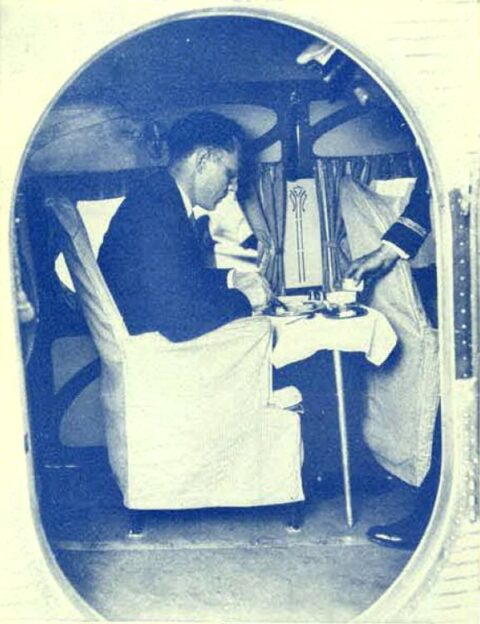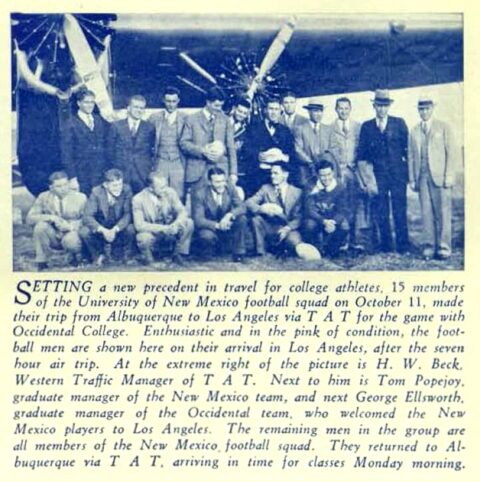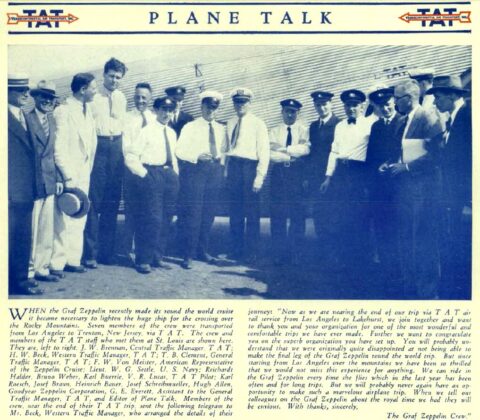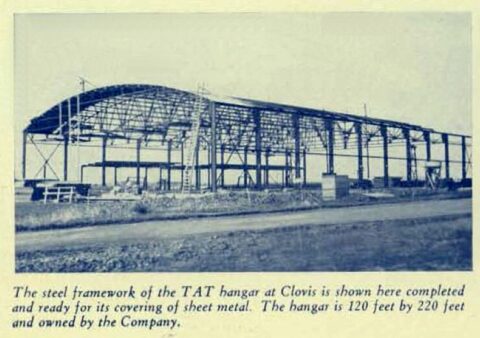Albuquerque Airport
Albuquerque Airport-Oxnard Field 1928-1930
The first airport to serve Albuquerque was constructed in 1928 as a private venture by two men, Frank G. Speakman and William Langford Franklin, both employees of the Santa Fe Railway. Speakman and Franklin were deeply inspired with aviation by Charles Lindbergh’s crossing of the Atlantic Ocean in 1927 and could see that Albuquerque would need an airport within the very near future. The two partners took it upon themselves to lease 140 acres of land about six miles southeast of downtown Albuquerque at the intersection of Wyoming Blvd. and K Street on what is now Kirtland Air Force Base. The men purchased an old grader that turned out to be insufficient for the job so they approached Albuquerque Mayor Clyde Tingley for help. Tingley was very supportive but had no funding available for such a project. Instead, the mayor allowed the men to borrow city equipment at night and on weekends. Speakman then quit his job with the railroad and devoted himself full time to constructing the new airport. The facility opened on May 15, 1928 with the landing of the first aircraft and would become known as the Albuquerque Airport although it was privately owned.
By July, 1928, a New York businessman by the name of James G. Oxnard appeared on the scene and bought out the interest that Langford Franklin had in the new airfield. Oxnard then quickly invested in building the airport into a first-class field by constructing more facilities and lighting. Frank Speakman would be the airport manager and he and his wife would live in the new administration building. In early 1929, the airfield was expanded to 480 acres and the runways were extended. More facilities were constructed including a clubhouse and a second, much larger hanger. Within one year of opening, the first of two commercial air carriers began service to the airport, Western Air Express (WAE) on May 15, 1929 followed by Transcontinental Air Transport (TAT) on July 9, 1929. Both carriers operated twelve passenger tri-motor aircraft on a competing east-west route between Los Angeles and Kansas City with a stop in Albuquerque. WAE operated other routes as well but this was the only route for TAT. TAT also built its own terminal building at the airport. WAE was soon concerned of safety at this airport due to its close proximity to the Sandia and Manzano Mountains as well as the strong winds that often develop through Tijeras canyon directly to the east. The carrier then made the decision to build their own airfield on the west side of Albuquerque which was up and running within a few months. WAE moved their operation to the new airport by the fall of 1929 while TAT remained at the Albuquerque Airport. The fall of 1929 also saw the beginning of the Great Depression at a time when the United States government was awarding a new mail contract for the east-west route through Albuquerque. Both airlines would need the lucrative mail contract to survive so TAT and the Los Angeles to Kansas City route of WAE were merged by the summer of 1930. The merged entity became known as Transcontinental and Western Air (TWA) and all airline operations were then moved to the West Mesa Airport.
The Albuquerque Airport then became known as Oxnard Field and remained operational as a general aviation airport through the 1930’s until the outbreak of World War II when it was acquired by the Army in 1942. The field was then used as a military facility and stored hundreds of aircraft after the war ended in 1945. Oxnard Field was closed in 1948.
Oxnard Field – Log 1 (1928-1935)
Oxnard Field – Log 2 (1935-1942)

